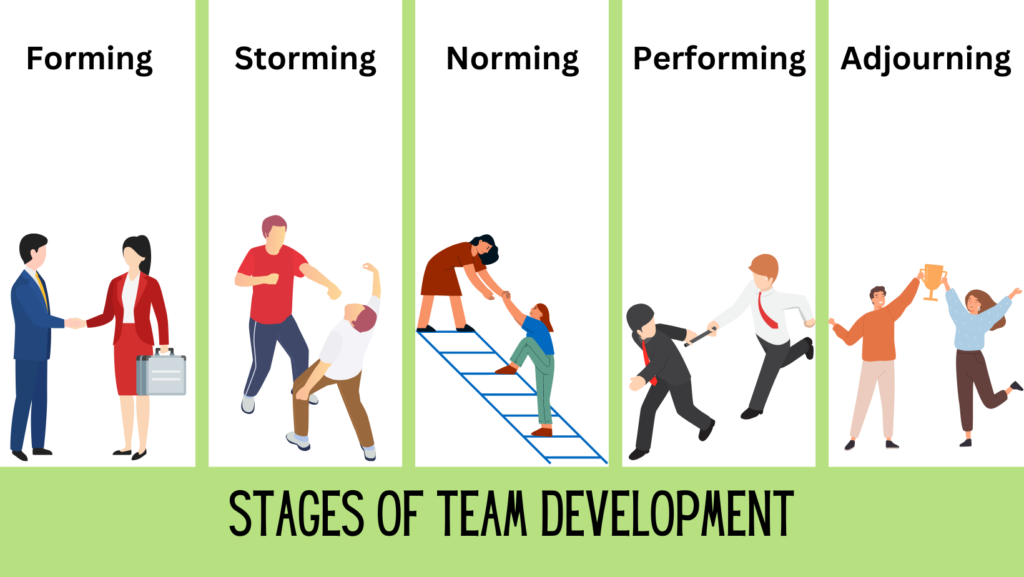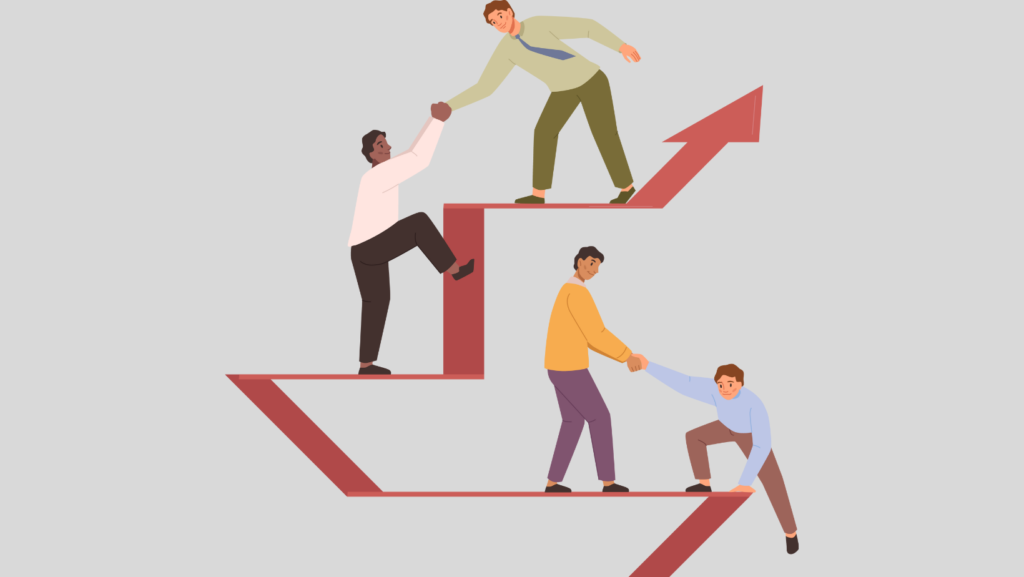Team building is a vital aspect of successful organizations. When teams work together cohesively, it leads to increased productivity, innovation, and overall success. As a team leader, your role is crucial in fostering teamwork and maximizing your team’s potential. One key element that drives effective team development and leadership is building trust.
Understanding Team Development and Team Leadership
Team development is a process that involves various stages, from forming to adjourning, where teams progress and grow. Simultaneously, team leadership plays a pivotal role in guiding and inspiring the team toward success. By understanding these concepts, leaders can effectively navigate the team’s journey while building trust along the way.
 Building Trust: The Foundation of Successful Team Development
Building Trust: The Foundation of Successful Team Development
Trust acts as the cornerstone of effective team building and development. It establishes an environment where team members feel safe, communicate openly, and collaborate with confidence. Without trust, teams may experience reduced productivity, lack of cohesion, and limited innovation. As a team leader, it is essential to prioritize trust-building from the beginning and continue nurturing it throughout the team’s growth.

Team Building for Trust: Applying the Phases of Team Development
To effectively build trust within your team, it’s important to consider the different phases of team development. Let’s explore these phases, incorporating key phrases for SEO optimization:
- Forming: During the forming stage, team members come together and establish initial connections. Team building activities and exercises can play a crucial role in fostering trust and rapport within the team. As a team leader, emphasize the importance of open communication, shared goals, and building a supportive team environment.
- Storming: The storming stage often involves conflicts and disagreements. Team leadership in this phase is essential to address these challenges promptly and create a culture of respect and open dialogue. By promoting healthy debates and encouraging accountability, leaders can guide the team towards trust and collaboration.
- Norming: In the norming stage, team members start to establish shared norms and work cohesively. Team-building exercises that focus on teamwork, collaboration, and problem-solving can reinforce trust and foster a positive team dynamic. As a team leader, promote vulnerability and create an environment where everyone’s ideas and contributions are valued.
- Performing: The performing stage represents the peak of team productivity and synergy. Team leadership in this phase should focus on providing support, empowering team members, and recognizing their achievements. By fostering a shared sense of purpose and offering growth opportunities, leaders can strengthen trust and enhance performance.
- Adjourning: The adjourning stage signifies the completion of a project or the disbanding of a team. Team building activities that celebrate the team’s accomplishments and encourage reflection and closure can solidify the bonds formed. By facilitating smooth transitions and expressing gratitude, leaders reinforce trust and leave a positive impression on team members.
Learn more about the Stages of Team Development through ExeQserve’s leadership programs.
Enhancing Team Leadership and Trust-Building
- Building trust is an ongoing process that requires continuous effort from team leaders. To strengthen trust and optimize team leadership, consider the following strategies:
- Encourage open communication, active listening, and collaboration.
- Demonstrate transparency, authenticity, and integrity in your actions and decisions.
- Empower team members by delegating responsibilities and providing autonomy.
- Recognize and appreciate individual and team achievements regularly.
- Support personal and professional growth through coaching, mentorship, and training opportunities.
- Address conflicts and concerns promptly and fairly, fostering a culture of trust and accountability.
Building trust is the bedrock of effective team building and leadership. By prioritizing trust-building from the beginning and throughout the team’s journey, leaders can create an environment that fosters collaboration, productivity, and innovation. Understanding the different phases of team development empowers leaders to cultivate trust and maximize their team’s potential. Remember, trust is not just an outcome; it’s a continuous commitment that propels teams toward success in the dynamic world of teamwork and leadership.
Check out ExeQserve’s Customized Team Building Course.









